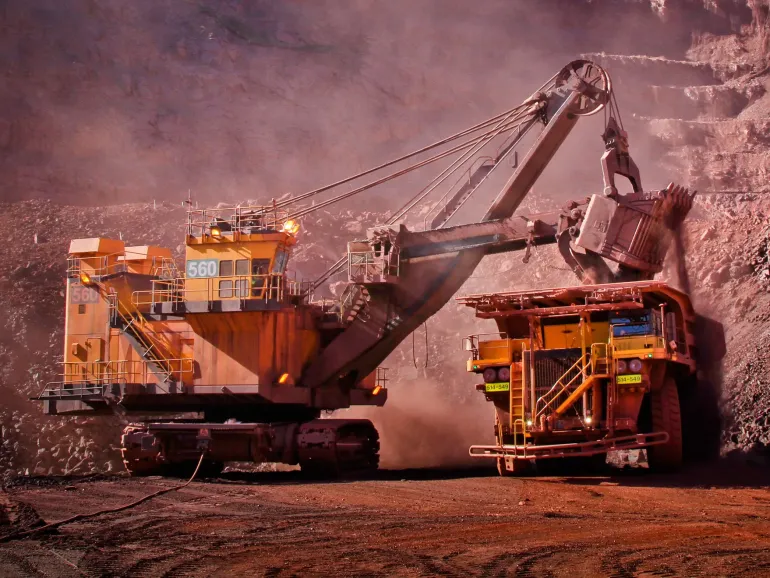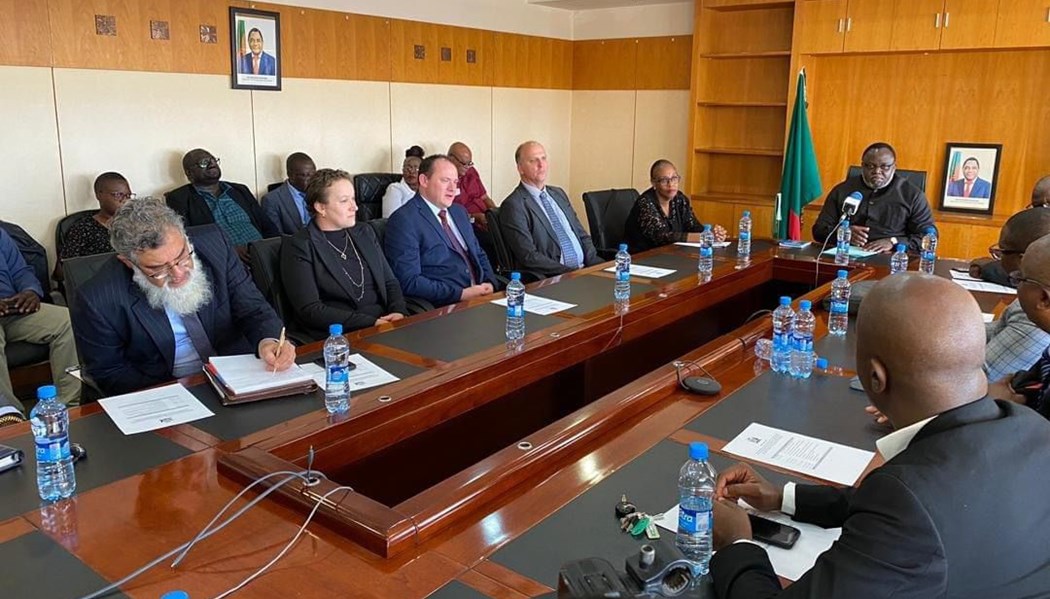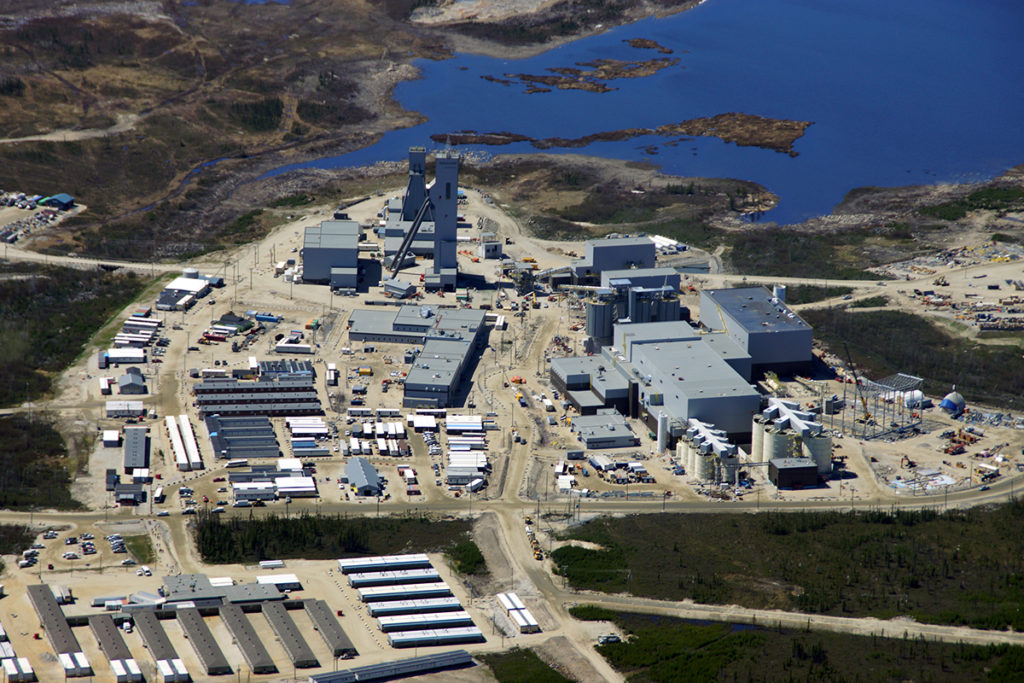Mining Other

How two leaders cost South Africa half a million jobs

South Africa's mining sector, a historical pillar of employment, has experienced a catastrophic loss of over 500,000 jobs, a decline for which veteran mining analyst Peter Major and other critics place significant blame on the policies and leadership of President Cyril Ramaphosa and Mineral Resources and Energy Minister Gwede Mantashe. This massive job hemorrhage has severely exacerbated the nation's unemployment crisis, which officially stands at 31.9% but rises to 42% when including discouraged job-seekers. The mining industry's workforce has dwindled from over a million at its peak to just 468,000, contributing directly to this national emergency.
The roots of the sector's decline extend beyond depleting mineral reserves to encompass severe operational challenges. Persistent power outages from the state utility Eskom, coupled with crumbling rail infrastructure and logistical bottlenecks, have drastically increased costs and curtailed export capacity. These inefficiencies have caused the sector's GDP to contract despite periods of high global commodity prices, forcing major companies like Glencore and Sibanye Stillwater to announce thousands of retrenchments, further deepening the unemployment crisis.
Critics argue that the government's regulatory approach has been a primary deterrent to investment and growth. Key grievances include regulatory uncertainty, endlessly complex Broad-Based Black Economic Empowerment (BBBEE) rules, and a failure to implement a modern mining cadastre system to streamline licensing. Exploration has stalled for two decades, leading to a "lost generation" of new mines, while proposed legislation has been criticized for recycling failed policies that scare away the very investment needed to create jobs.
The leadership of Minister Mantashe is singled out as particularly detrimental. His addresses to the industry are noted for offering no new ideas for revival, and corruption allegations against him have further eroded investor confidence. Meanwhile, President Ramaphosa, despite his background as a former mining union leader, is accused of prioritizing political sensitivities over the decisive economic reforms necessary to resuscitate the sector and stem the job losses.
The consequences of mining's collapse ripple far beyond the pithead. Economists estimate that each direct mining job supports three to seven other indirect jobs in supply chains, retail, and local services. Therefore, the loss of half a million mining positions has potentially left millions more people economically vulnerable, turning once-bustling mining towns into communities plagued by rising poverty, crime, and social unrest.
In response to the crisis, industry bodies like the Minerals Council South Africa are urging the government to adopt business-friendly policies, including faster licensing and a clear critical minerals strategy. While Labor Minister Thulas Nxesi has vowed government support for retrenched workers, critics view these measures as insufficient without a fundamental overhaul of the regulatory environment that is stifling the industry.
Experts suggest that a potential pathway to recovery requires transparent administration, urgent fixes to national infrastructure, and incentives for a transition into green mining. The central challenge for Ramaphosa's government is to balance its empowerment goals with the urgent need to create a stable, attractive environment for investment. Without such a pivot, the unemployment crisis, fueled by the mining sector's decline, is likely to continue casting a long shadow over South Africa's economic future.












